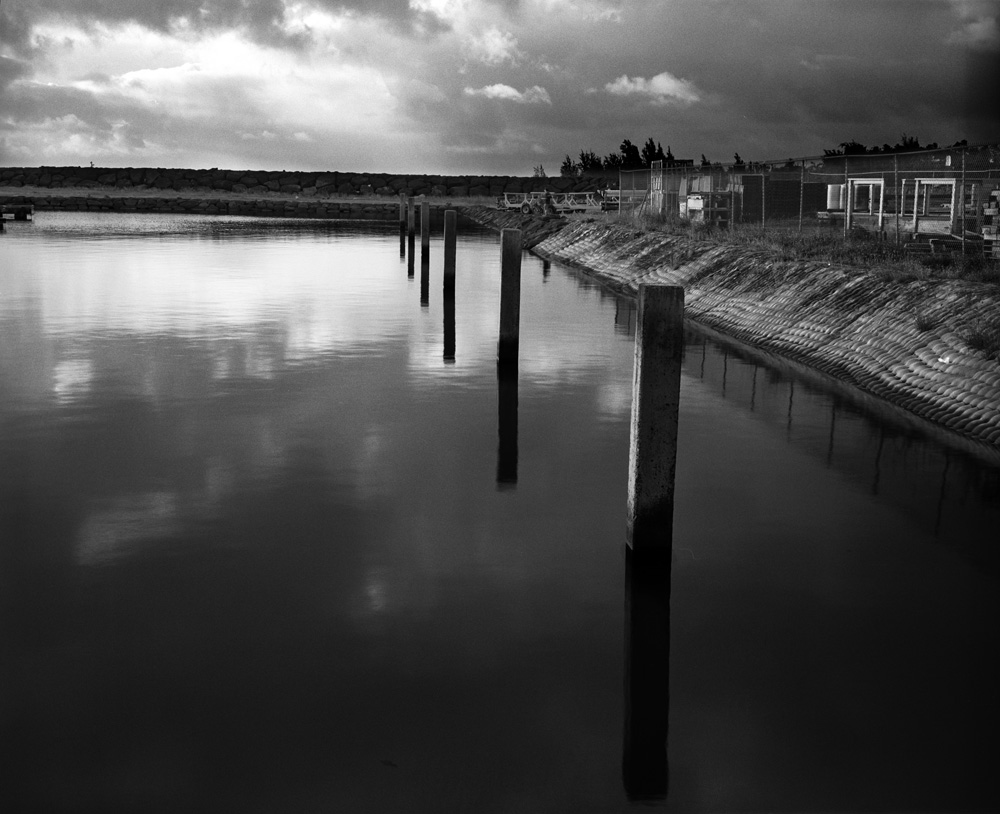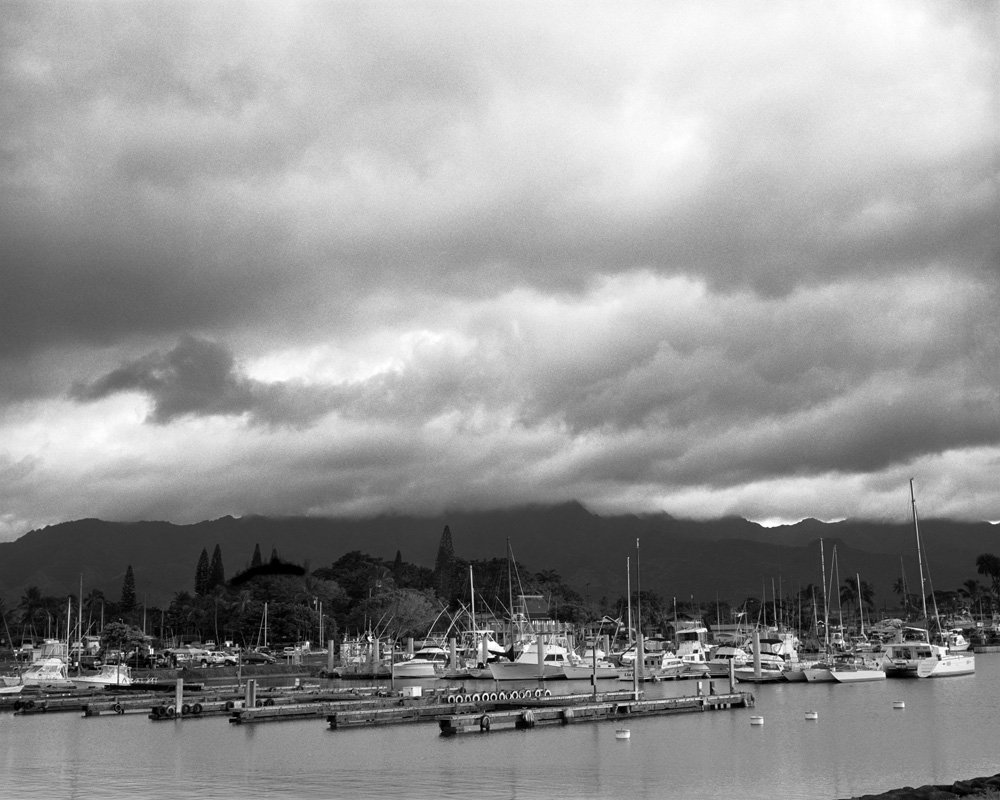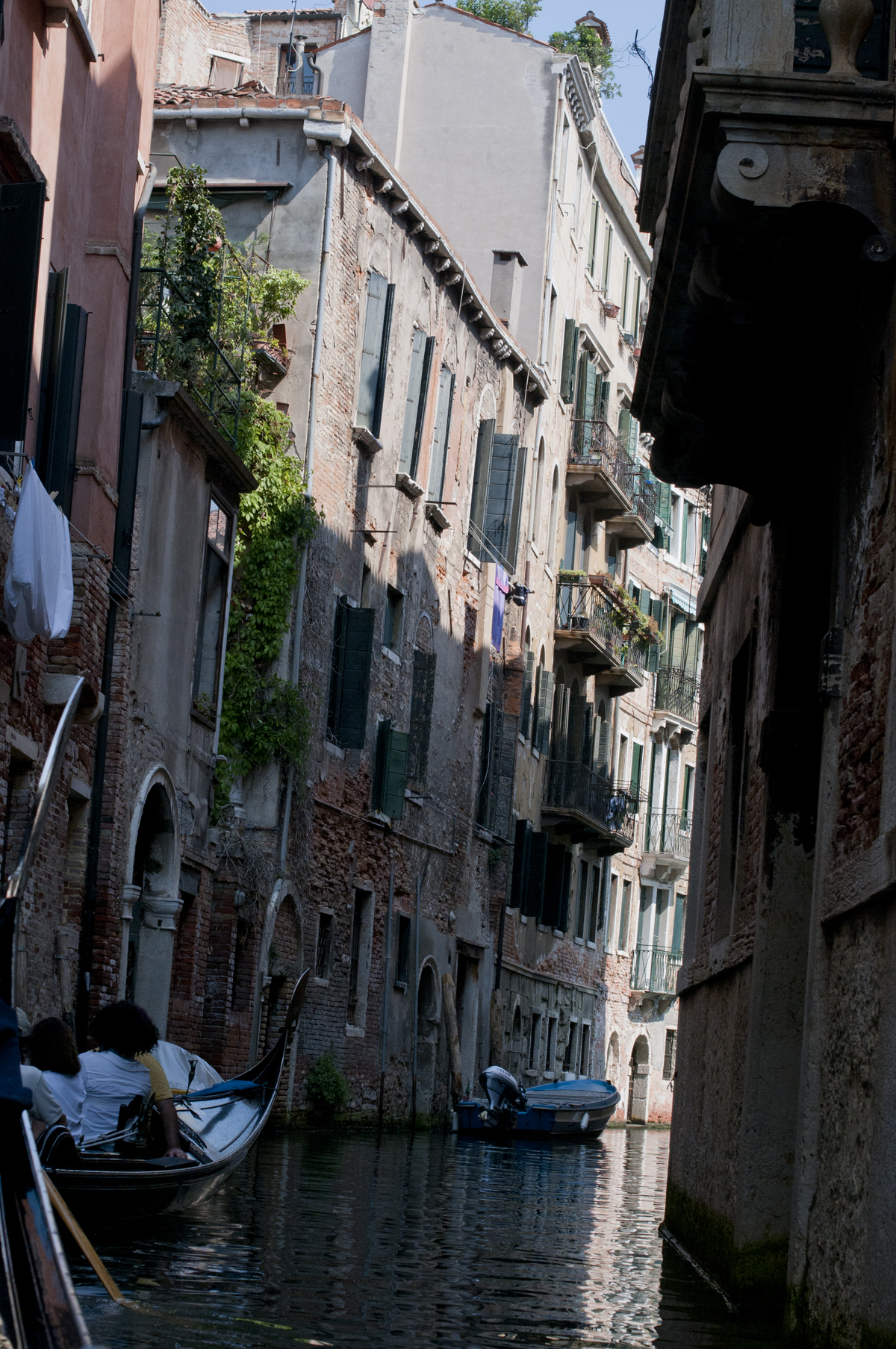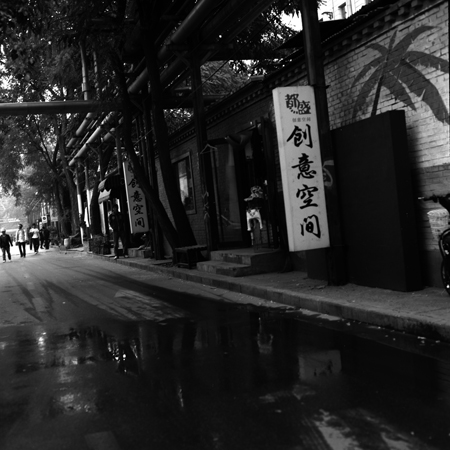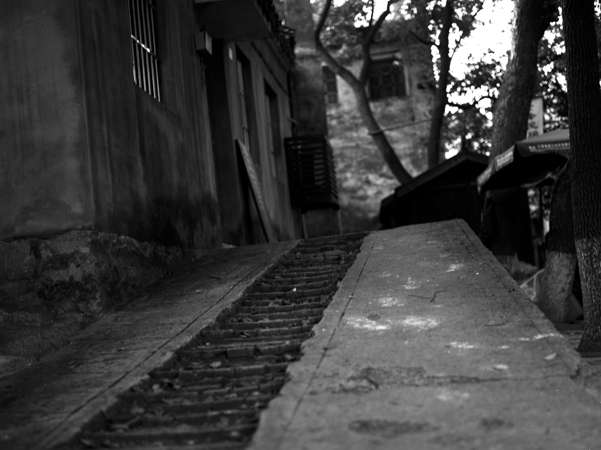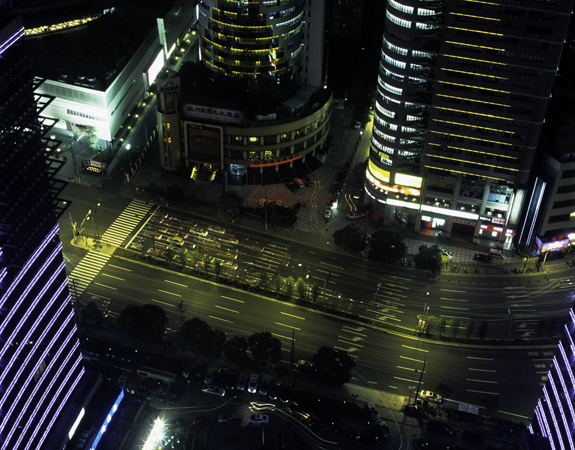Each year that I return to Hawaii, I carry with me two cameras, one digital and one film. There is one location on the Big Island that I go to each year and multiple times during the week. That place is Wawaloli Beach. It is very near the Kona Airport. As I go back, one would think that there isn’t much more to photograph. That is not true. (1) You are a year wiser (hopefully) and you see things differently. (2) The conditions in the area change. (3) There may be some places that you haven’t seen, especially along this coastline as it goes for a few miles.
This is an image that was captured in 2011 with a Fotoman 617. It is a panoramic camera that uses medium format film. I had a great time exploring this area at sunrise and looking for images to capture.
Wawaloli Beach
In 2012, I decided to bring a 4x5 View Camera. As you can imagine, fewer exposures were made. There was more to see and to photograph.
Inlet
2013 was an eventful trip. As I placed the Hasselblad on a tripod down, the system found itself to be top heavy and the camera crashed into the rocks. This is when I met Don Slocum who runs Lighthaus Camera in Kona. He tried to fix it, but the damage was too great. At this point, I was relegated to the Digital Camera. It’s probably a better idea to go out with just one camera at a time, but this photographer was not going to listen to that inner voice. Here is an image that was taken on that trip. As you can see, there is lots to explore here. It was an adventure. I did purchase a Fuji 6x7 to expose film on Oahu.
Wawaloli Beach
Fast forward to this year, 2014. I went into Don’s store looking for a 24mm lens for the Digital Camera. I replaced the body of the Hasselblad and brought that along as well. Don tells me of an area along the same coast, but further North by only, as it turns out a half a mile. The lava shelf was riddled with blow holes and areas where the waves crash onto shore and cascade back into the ocean. I could have stayed there for hours, because each wave looked different. Here a couple of images from this year’s trip. If you want to look at other photographs from this year, go to the “Recent Work” page. If you are in Hawaii and need photographic equipment, go to Lighthaus Camera. They’re in Kona, Honolulu and two places on Maui. It is good to support ‘brick and mortar’ stores. We’ve already lost three stores in San Francisco. There is a website for Don’s stores that lists location and services.
Cascade
Kona













